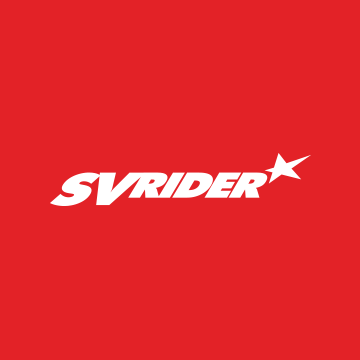I thought I'd post some of the process of getting my FFE (forkless front-end) RZ350 ready for a show. In February I'm planning to take this bike and the CHOPPRD RD400 http://www.customfighters.com/forums/showthread.php?t=61719 to The One Motorcycle Show in Portland. This is an awesome event and I'm supper stoked to be invited to show my bikes there.
The FFE RZ350 is in need of a major clean up and re-paint. While the tail, tank, and fenders are off to the painter, it was time to strip down the chassis for some serious cleaning. I may also send a few pieces of hardware off for re-plating and some of the engine side covers and trim parts will be replaced with new parts. Hopefully the bike will be show worthy in a few weeks.
The first order of business is getting it down to the bare frame.
Here is the chassis with body work and rear sub-frame (this bike also has a front-sub-frame) removed...
![Image]()
![Image]()
![Image]()
Here is the roller with engine out...
![Image]()
![Image]()
Little better pic of the steering linkage (I get a lot of questions about this. As you can see, the linkage system is redundant (left and right sets of linkage). This is so that the linkage can be adjusted to have a slight amount of tension (left and right sides slightly pulling against each other) to eliminate any free-play in the rod-ends. The rider feedback when riding is excellent. It feels very similar to a conventional bike in terms of road feedback. There is essentially no vagueness or slop in the system. The steering feels very solid and connected to the wheel.
![Image]()
Roller with everything but suspension and brake systems removed...
![Image]()
![Image]()
Here is a close-up of the front brake setup. Note the twin-discs, and three-padded caliper. Both rotors float and there is a double sided pad that floats between the rotors. The grungy goldish color fins on the caliper is the heat-sink for the middle pad. Stopping power is excellent.
![Image]()
![Image]()
Then finally down to bare frame. Many people ask if the frame is a stock RZ350 frame that has been modified as it has some similarity, but with everything removed you can clearly see it is a pair of continuous hoops on each side with no conventional steering head. With the engine in the bare frame it looks more like a generator than a motorcycle. The blue and silver sticker is the California assigned VIN as assigned by CHP for a "Specially Constructed Vehicle". Having a specially made work stand to support the frame during assemble (and dis-assembly) is very helpful. It is designed with an internal threaded mechanism so it can be adjusted to correct height.
![Image]()
![Image]()
![Image]()
Stay tuned as the cleanup continues and the bikes starts coming back together:thumbsup:
The FFE RZ350 is in need of a major clean up and re-paint. While the tail, tank, and fenders are off to the painter, it was time to strip down the chassis for some serious cleaning. I may also send a few pieces of hardware off for re-plating and some of the engine side covers and trim parts will be replaced with new parts. Hopefully the bike will be show worthy in a few weeks.
The first order of business is getting it down to the bare frame.
Here is the chassis with body work and rear sub-frame (this bike also has a front-sub-frame) removed...



Here is the roller with engine out...


Little better pic of the steering linkage (I get a lot of questions about this. As you can see, the linkage system is redundant (left and right sets of linkage). This is so that the linkage can be adjusted to have a slight amount of tension (left and right sides slightly pulling against each other) to eliminate any free-play in the rod-ends. The rider feedback when riding is excellent. It feels very similar to a conventional bike in terms of road feedback. There is essentially no vagueness or slop in the system. The steering feels very solid and connected to the wheel.

Roller with everything but suspension and brake systems removed...


Here is a close-up of the front brake setup. Note the twin-discs, and three-padded caliper. Both rotors float and there is a double sided pad that floats between the rotors. The grungy goldish color fins on the caliper is the heat-sink for the middle pad. Stopping power is excellent.


Then finally down to bare frame. Many people ask if the frame is a stock RZ350 frame that has been modified as it has some similarity, but with everything removed you can clearly see it is a pair of continuous hoops on each side with no conventional steering head. With the engine in the bare frame it looks more like a generator than a motorcycle. The blue and silver sticker is the California assigned VIN as assigned by CHP for a "Specially Constructed Vehicle". Having a specially made work stand to support the frame during assemble (and dis-assembly) is very helpful. It is designed with an internal threaded mechanism so it can be adjusted to correct height.



Stay tuned as the cleanup continues and the bikes starts coming back together:thumbsup:














































